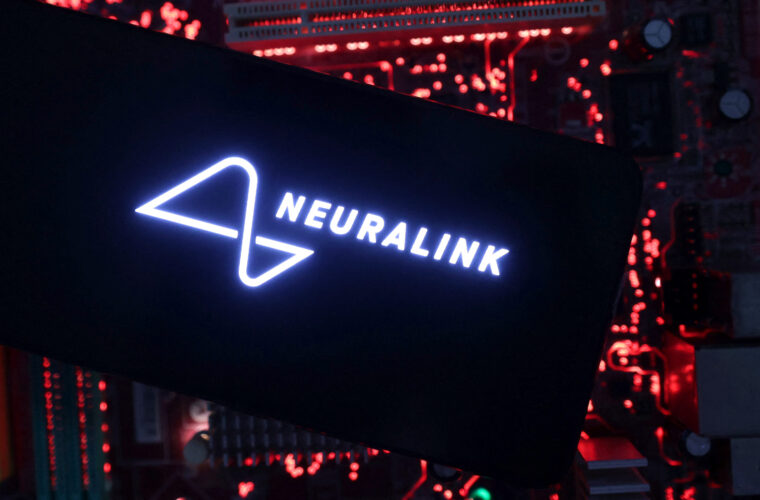Neuralink and Synchron, two challenge to change patients’ lives with chips in the brain
Neuralink is ready to test brain implants on humans. The announcement came from the company in a surprise tweet following the Food and Drugs Administration‘s rejections of three previous applications. This time the approval came, allowing the company founded in 2016 by a group of entrepreneurs, including Elon Musk, to plan to recruit the first volunteers interested in testing the chip that connects the nervous system with an external device.
The first step is giving hope to those who don’t have it
To keep up press and enthusiast interest in the face of scepticism over broken promises about the start of human testing, which Musk had repeatedly assured would begin by 2019 and then by 2022, the current Twitter owner announced six months ago the impending breakthrough, speaking of a close agreement between the company and the FDA. This an apt prediction, which several industry experts said was due to Neuralink’s recent partnership with the Barrow Neurological Institute in Phoenix, Arizona, considered a pioneering centre for testing brain implants in humans.
Similar in size to a small coin, the implant designed by the California-based company uses Bluetooth to transmit signals from the brain to devices, facilitating communication through thought. Hence, it is talked about as a technology with the potential to change the lives of people who are paralyzed or suffer from neurological diseases, reducing their difficulties through the recovery of vision and mobility that would result in better autonomy.

This huge goal depends on multiple factors, starting with the requirement that the technology be made safe and reliable, which the FDA itself considers risky. Significant obstacles, however, are not the only ones Neuralink has to solve because added to the list are the problems and controversies arising from the trials performed so far on animals. Under scrutiny is the poisoning hazard related to the use of lithium batteries in the devices to be inserted into the brain, the difficulties in removing the chips without damaging brain tissue, whose activity could also be compromised by the potential displacement of the implant wires.

The two best-known cases, the piglet Gertrude and the macaque Pager, who were filmed performing complex tasks through connection with a BCI, have been followed over the years by experiments gone wrong that have drawn the attention of the United States Department of Agriculture (USDA) inspectors for possible violations of the Animal Welfare Act.
This framework regulates the conditions under which researchers must operate when using animals as guinea pigs. The indictment estimated about 1,500 deaths among sheep, monkeys, and pigs from experiments started in 2018, with some former company employees talking in the past about avoidable killings with more care in test preparation. More doubts about Neuralink came last February when the U.S. Department of Transportation opened an investigation for dangerous handling of pathogens in reference to its partnership with the University of California, specifically for possible infectious diseases generated by the unsafe packaging of implants removed from monkey brains.

The Stent that changes lives
If Musk assures Neuralink of interest and visibility, there is Synchron which is so far ahead in the development of brain implants for humans. The hope is that the company can gradually demonstrate the effectiveness of its system, not least because rivals need to stand idly by.
Also but not only because as early as 2021, the Brooklyn-based company got the go-ahead from the FDA for human clinical trials, succeeding in getting two disabled people to interact with a computer through thought thanks to Stentrode, a metal stent covered with electrodes that can be implanted in the brain without the need for surgery, but rather through a minimally invasive process that is completed in a few hours and avoids seizures and permanent neurological damage. “The blood vessels provide access to all regions of the brain without needing to proceed surgically. Reaching the motor cortex could lead to the development of treatment strategies for paralysis, a need for millions of people,” said Thomas Oxley, CEO of Synchron.



